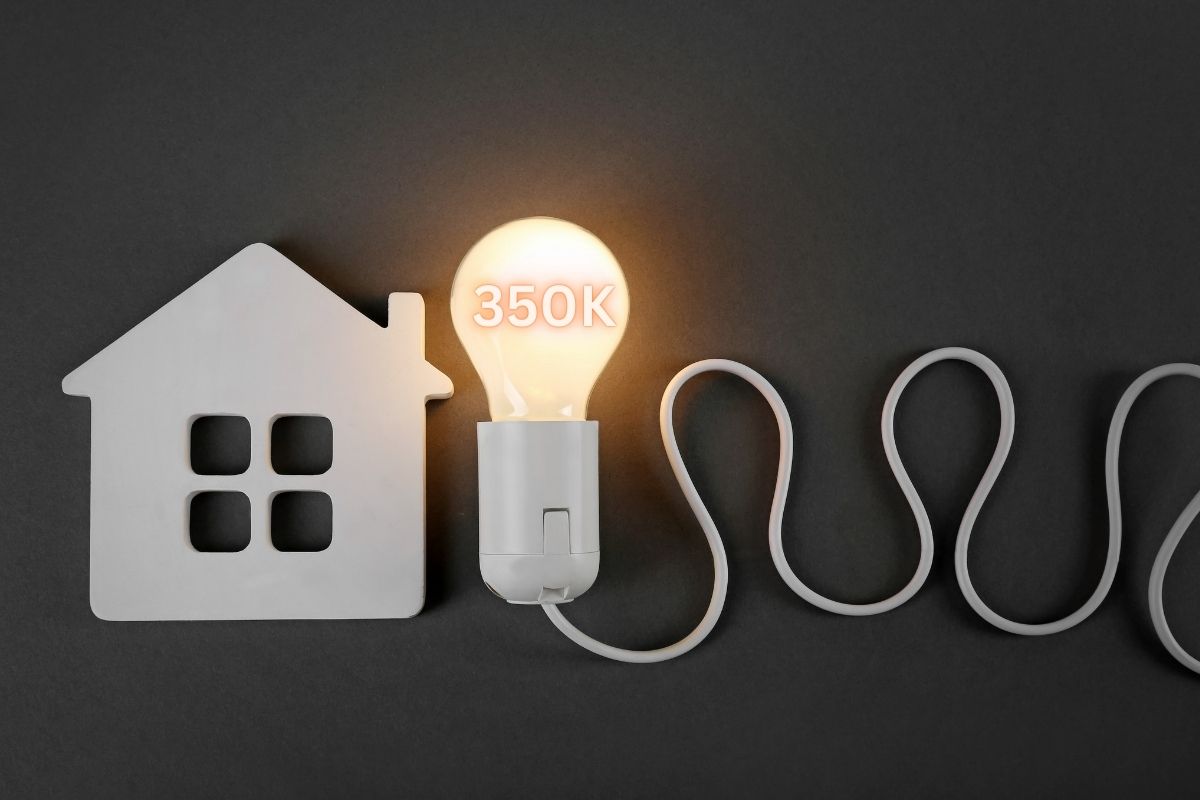
Utah geothermal fracking plant lands record breaking contract
July 15, 2024The plant is capable of generating ongoing clean energy, day and night and regarding of weather
Fervo Energy, a geothermal fracking company, has scored a huge contract to contribute energy to the California electrical grid after having proven its horizontally oriented system in a demonstration last year.
The Project Red pilot plant was a novel concept only a year ago
Now, Fervo Energy’s Project Red plant in Nevada will be only the start of a record-breaking geothermal fracking contract the company has scored for providing clean, continuous energy in California.
The company’s system is unique in that it uses techniques used by the oil and gas industry for breaking up rocks and sending water through them horizontally. The resulting steam is collected and sent to the surface where it powers turbines.
This differs from conventional methods that drill vertical bores into the hot rocks just under the surface of the Earth, where water is sent to produce the steam.
According to Fervo Energy, their method can be used in far more locations than those using traditional vertical bore methods, as it will work in areas even when there aren’t hot rocks close to the surface.
The geothermal fracking contract is the largest of its kind in the world
Fervo Energy announced the contract, saying that it is the largest in the world among geothermal power purchases. It is a 15-year agreement signed with Southern California Edison and will have Fervo providing 320 MW of power to that utility throughout that time. This represents about the amount of energy needed for powering around 350,000 homes.

The power will be provided to Southern California Edison by Fervo Energy’s Cape Station project. That facility is already under construction in southwest Utah. The initial 70 MWs will go online in 2 years, and the remainder of the power will start flowing into the grid in 2028.
Decarbonization and reliable energy
 Part of the reason the geothermal fracking contract became possible was because of the California Public Utilities Commission mandate in 2021 for securing 1,000 MW of “non-weather-dependent, non-battery, zero-emission energy to increase the reliability of the state’s electric grid.”
Part of the reason the geothermal fracking contract became possible was because of the California Public Utilities Commission mandate in 2021 for securing 1,000 MW of “non-weather-dependent, non-battery, zero-emission energy to increase the reliability of the state’s electric grid.”



 With over 15 years of reporting hydrogen news, we are your premier source for the latest updates and insights in hydrogen and renewable energy.
With over 15 years of reporting hydrogen news, we are your premier source for the latest updates and insights in hydrogen and renewable energy.
Are they using similar chemicals to assist with fracking as used in oil and gas fracking? What is the risk of pollution of the aquifer?